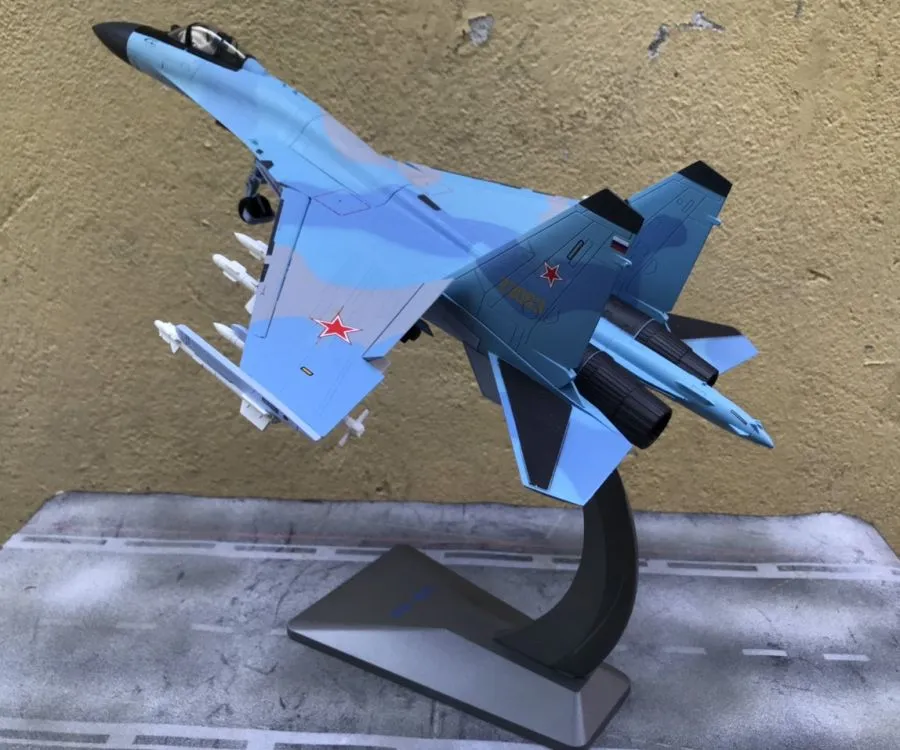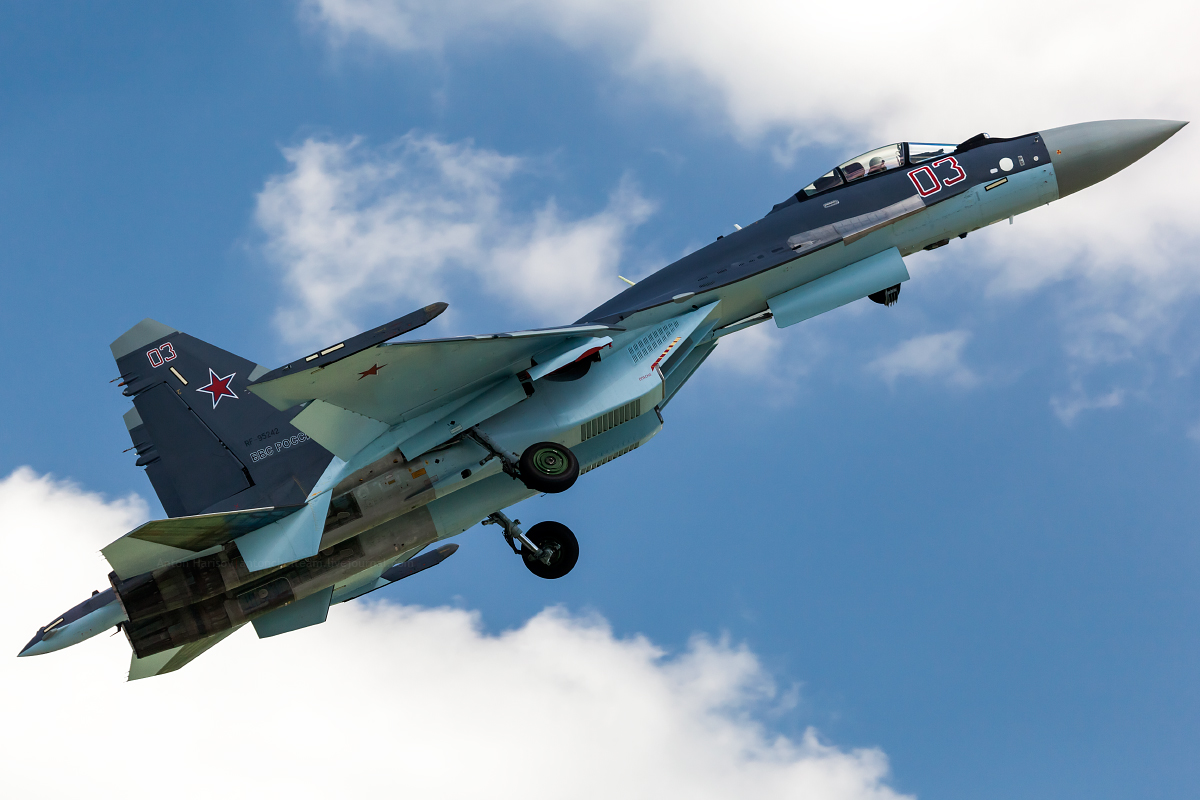The Sukhoi Su-35, a formidable multirole fighter jet developed by Russia, represents the pinnacle of modern aviation technology. Known for its advanced avionics, exceptional maneuverability, and powerful armament, the Su-35 is a significant asset in contemporary aerial warfare. This article delves into the key features, capabilities, and strategic importance of the Su-35.

Design and Development
The Sukhoi Su-35 is an evolution of the Su-27 family, designed to enhance performance, avionics, and combat capabilities. Developed by the Sukhoi Design Bureau, the Su-35 underwent significant upgrades to meet the demands of modern air combat. The aircraft features a more robust airframe, incorporating a greater percentage of composite materials to reduce weight and increase durability.
One of the most notable design improvements is the integration of thrust-vectoring engines. The twin Saturn AL-41F1S engines allow the Su-35 to perform extreme maneuvers, giving it an edge in dogfights and evasive actions. This thrust-vectoring capability, combined with an aerodynamic airframe, results in unmatched agility and control.

Advanced Avionics and Systems
The Su-35 is equipped with state-of-the-art avionics, making it a highly capable multirole fighter. Its Irbis-E passive electronically scanned array (PESA) radar can detect and track multiple targets at ranges of up to 400 kilometers. This radar system provides superior situational awareness and targeting precision, essential for both air-to-air and air-to-ground missions.
The cockpit of the Su-35 is designed with a glass cockpit layout, featuring large multifunction displays (MFDs) that provide pilots with real-time data and enhanced situational awareness. The aircraft is also equipped with an advanced electronic warfare (EW) suite, which includes radar warning receivers (RWR), electronic countermeasures (ECM), and infrared countermeasures (IRCM). These systems enhance the Su-35’s survivability by detecting and countering incoming threats.
![]()
Armament and Combat Capabilities
The Su-35 boasts an impressive array of weapons, making it a versatile platform for various combat scenarios. It is armed with a 30mm GSh-30-1 cannon, capable of delivering devastating firepower in close-range engagements. The aircraft has 12 hardpoints, allowing it to carry a diverse mix of air-to-air, air-to-ground, and anti-ship missiles, as well as guided bombs.
For air-to-air combat, the Su-35 can be equipped with R-77 and R-73 missiles, providing it with short, medium, and long-range engagement capabilities. In air-to-ground roles, the Su-35 can deploy Kh-29, Kh-31, and Kh-35 missiles, along with various types of guided and unguided bombs. This versatility ensures that the Su-35 can effectively engage a wide range of targets, from enemy aircraft to ground-based installations.

Operational History and Strategic Importance
Since its introduction, the Su-35 has been actively deployed by the Russian Air Force and has seen action in various conflict zones. Its performance in Syria demonstrated its capabilities in real-world combat scenarios, where it conducted airstrikes against various targets with high precision and effectiveness.
The Su-35’s strategic importance lies in its ability to fulfill multiple roles in modern warfare. Its combination of speed, agility, and firepower allows it to dominate air superiority missions, while its advanced sensors and weapon systems make it a formidable platform for ground attack and suppression of enemy air defenses (SEAD). Additionally, the Su-35’s capability to perform long-range missions and its high endurance make it a critical asset for power projection and deterrence.
![]()
International Interest and Exports
The Su-35 has attracted interest from several countries looking to modernize their air forces. China was the first foreign customer to purchase the Su-35, acquiring 24 aircraft in a deal that enhanced its air combat capabilities. Other countries, including Egypt and Indonesia, have also expressed interest in the Su-35, recognizing its value as a multirole fighter.
Future Prospects
Looking ahead, the Su-35 is expected to remain a key component of Russia’s air combat strategy. Continued upgrades and enhancements will likely be made to keep the aircraft relevant in the face of evolving threats and technological advancements. The development of new weapons and avionics systems will further enhance the Su-35’s capabilities, ensuring its effectiveness in future conflicts.
Conclusion
The Sukhoi Su-35 stands as a testament to Russia’s prowess in fighter aircraft development. Its blend of advanced avionics, powerful armament, and exceptional maneuverability make it one of the most capable multirole fighters in the world. As the Su-35 continues to serve in various air forces, its role in shaping the future of aerial combat and maintaining air superiority remains indisputable.





